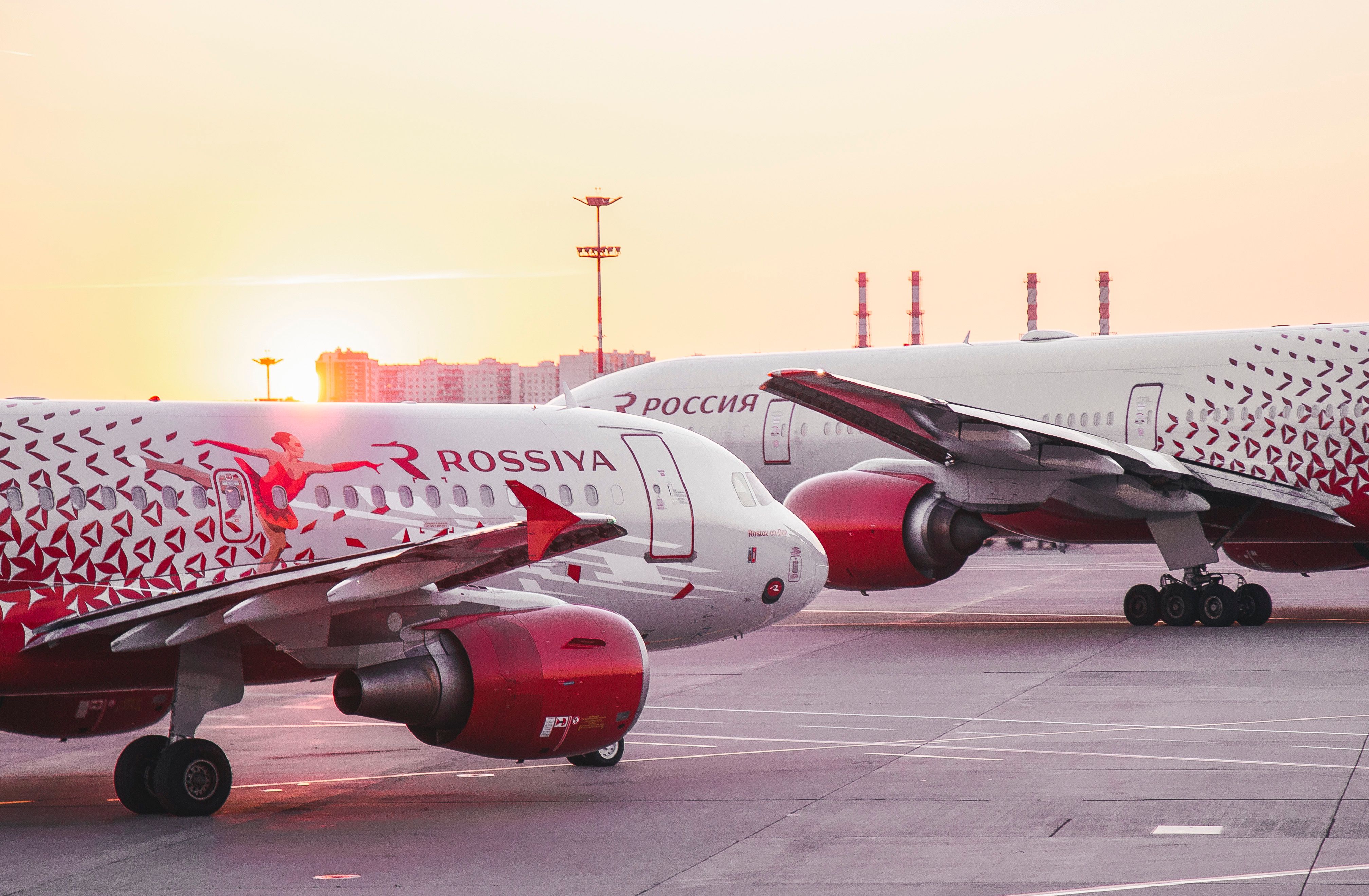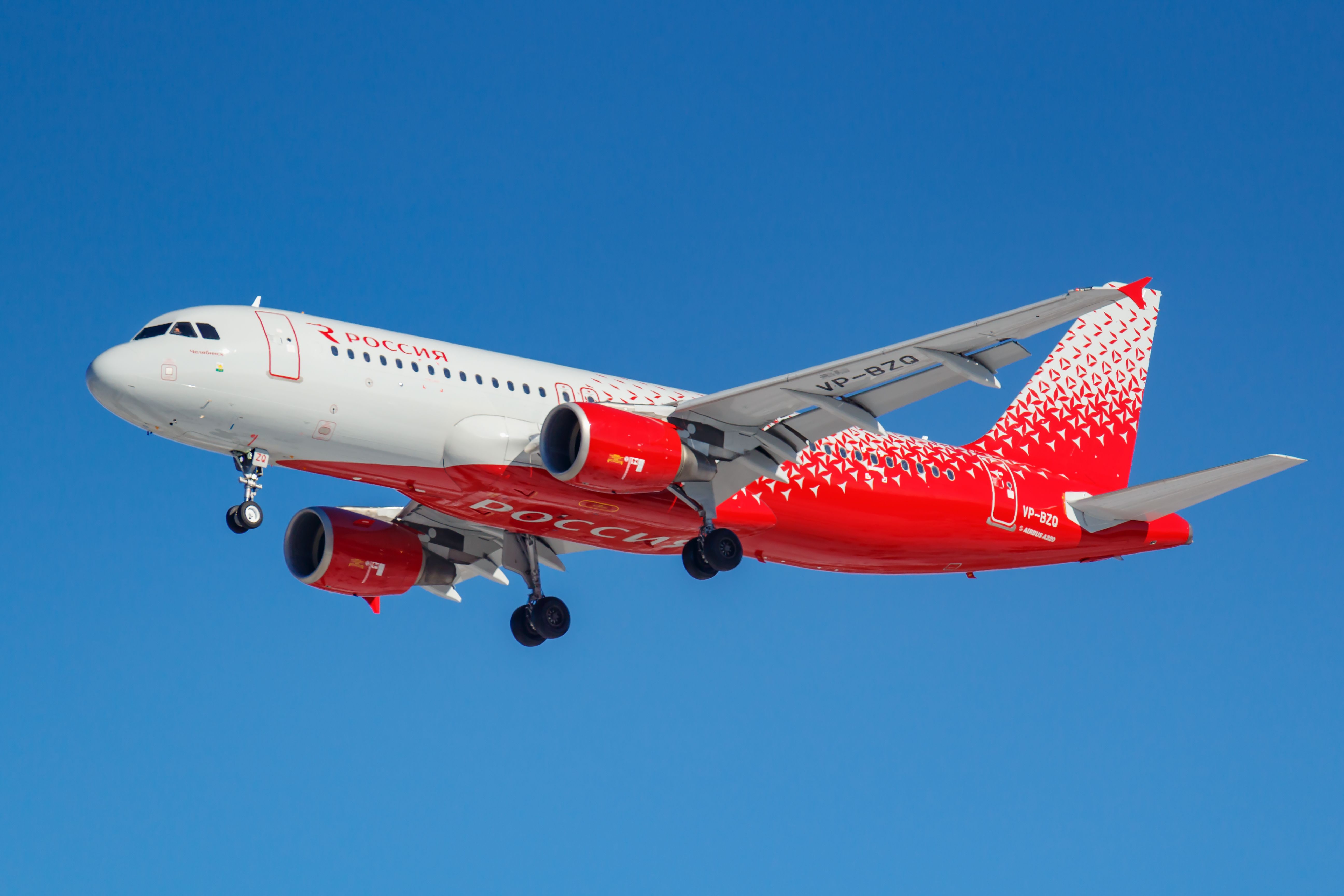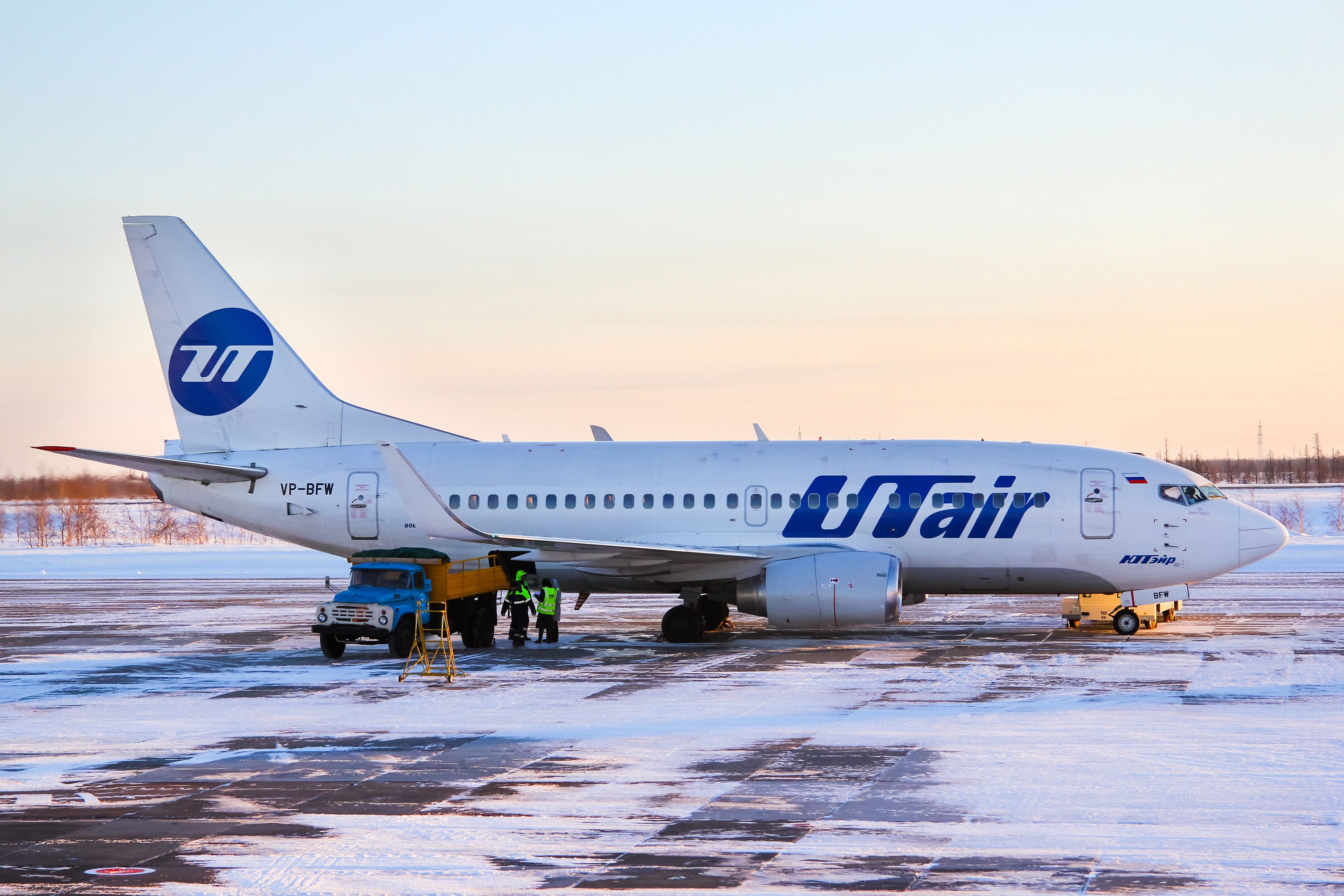It is no secret that Russia's aviation industry has been among the sectors hardest hit by the sanctions imposed as a result of Putin's war of aggression in Ukraine. Barred from maintenance services and aircraft spare part imports for foreign-built jets, there is a real concern for the safety of travelers as planes will begin to deteriorate without proper upkeep. And if the first weeks of 2023 are anything to go by, the year may prove to be a bumpy ride.
Aborted A320 takeoff
On January 10, a Rossiya Russian Airlines Airbus A320 was about to depart from Surgut Airport (SGC), operating flight SU6442 to St Petersburg Pulkovo (LED). However, the crew aborted the takeoff during the initial stage due to a malfunction with the reverse of engine 1. The aircraft then taxied on its own accord to the terminal.
According to information on the Russian aviation Telegram channel Авиаторщина, passengers later boarded a replacement aircraft, arriving in St Petersburg with over eight hours of delay. The jet, registered as RA-73214 (formerly known as VP-BWI) left Surgut on January 11 at 10:15 local time, according to data from FlightRadar24.com.
Lavatories, cargo doors and ACs
A day before, on January 9, as reported by The Moscow Times, the lavatory of an S7 Airlines Airbus A320neo heading from Bratsk Aiport (BTK) to Moscow malfunctioned. As a result, the crew was forced to make a landing in Kazan after four hours in the air.
While not involving foreign-built aircraft, January 9 saw two other dramatic events in Russian aviation. The cargo door of an Antonov An-26 opened in mid-flight over Russia's Far East, depressurizing the cabin and causing passengers' luggage to fly off the plane.
The incident was deemed a result of a failure of the cargo ramp's locking mechanism. None of the 31 people on board were injured, and the plane returned to its airport of departure.
Discover more aviation news with Simple Flying
Things did not end so well for the passengers on another Soviet-era aircraft. A single-engine An-2 crashed on the same day, also in the Russian Far East. Two people died, and four others were injured.
On January 6, an Azur Air aircraft heading to Thailand returned to its departure airport in Novosibirsk after six hours in on its journey to Thailand due to windshield damage.
On the same date, a flight operated by low-cost carrier Red Wings from Kazan to Ekaterinburg had to turn around when the landing gear would not retract.
Meanwhile, a day prior, a Boeing 737 flight operated by Utair had to land in Western Siberia when the air conditioning on board broke down.
Spare supply dwindling
A little over a week ago, Aeroflot Chairman and CEO Sergey Alexandrovsky stated that the Group had a spare part supply that would last anywhere between two and six months, depending on the parts in question.
The most dramatic incident of the year yet may have been the bomb threat that forced an Azur Air plane on its way from Moscow to Goa to make an emergency landing in Gujarat on Monday evening. However, we can hardly blame the poor taste of whoever made the prank call on a lack of maintenance or parts.
There have also been a couple of incidents of aircraft sliding off the runway, but that can probably be accounted for by the icy winter conditions.



